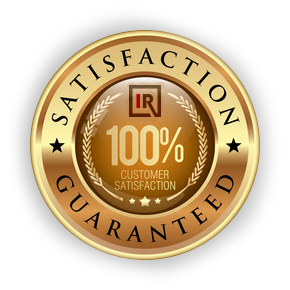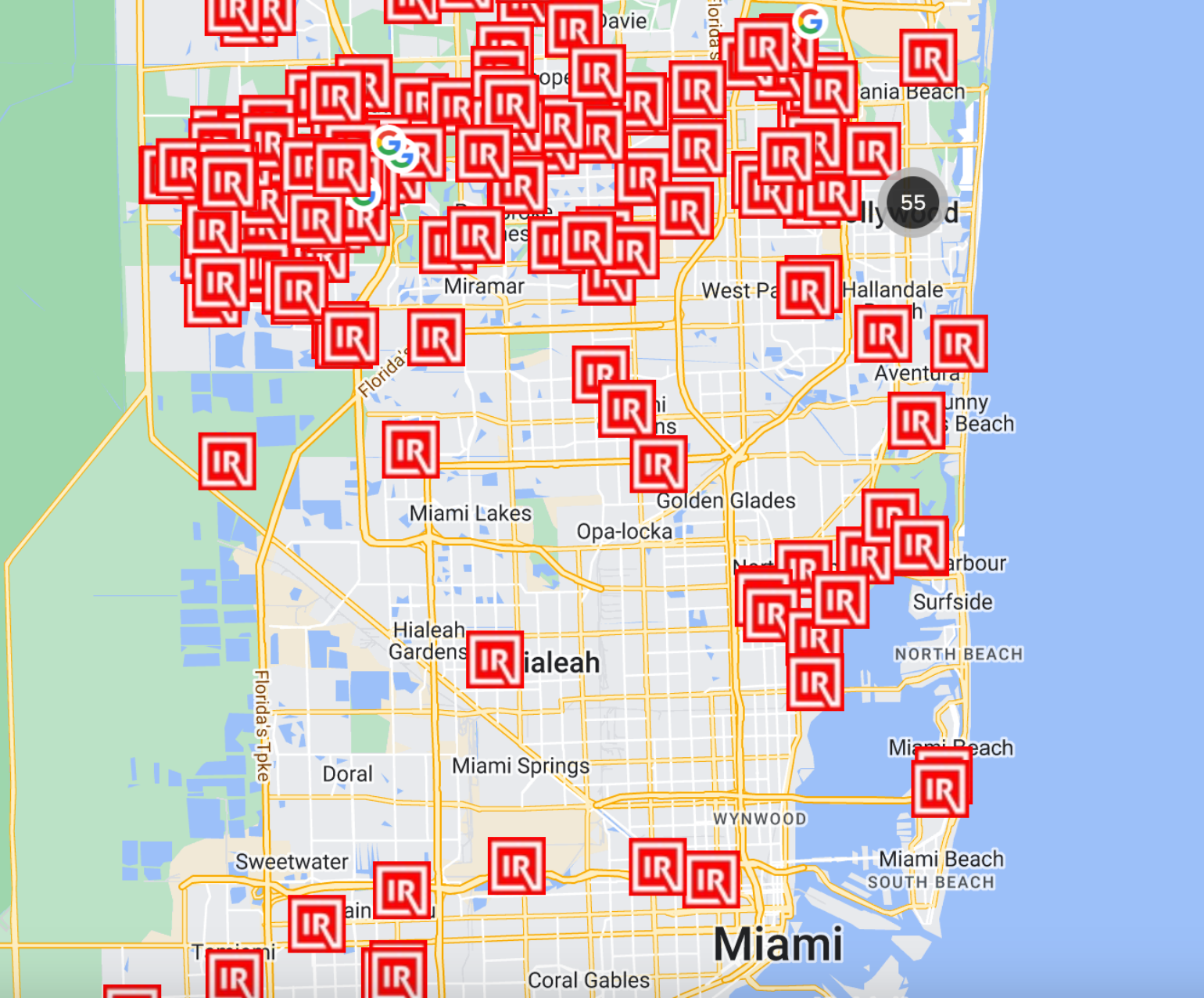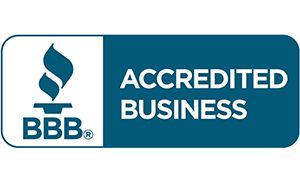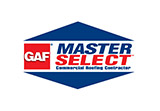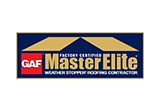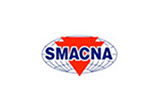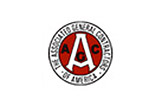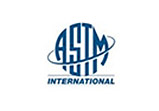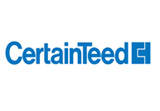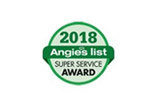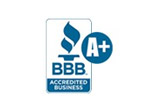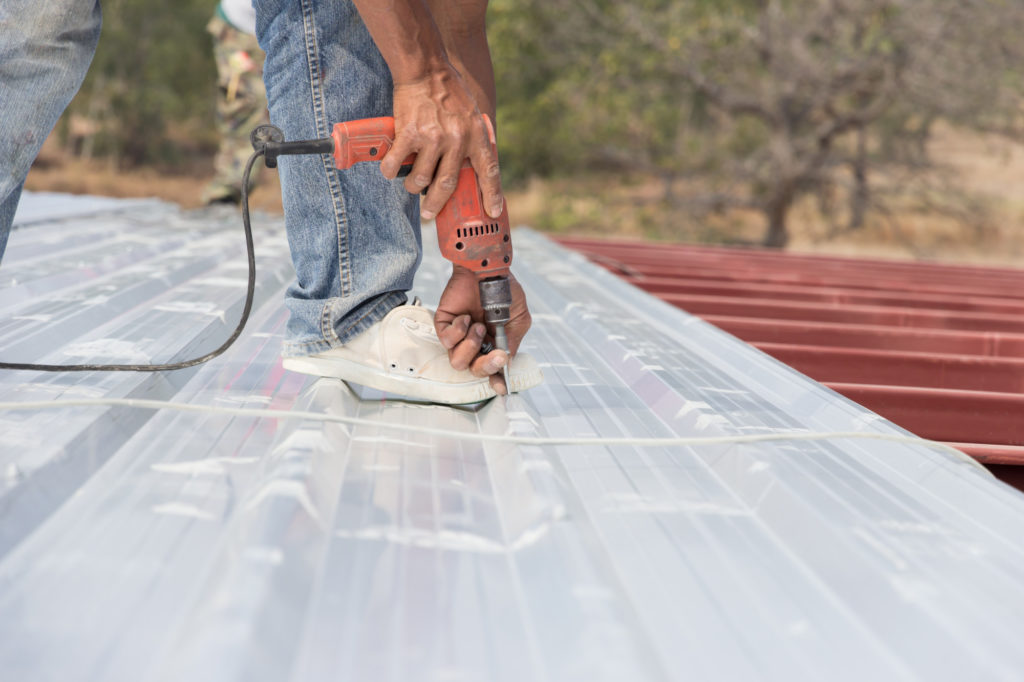
The global demand for roofing materials is expected to surpass 14 billion square meters per year by 2022. That makes the roofing industry one of the most robust worldwide.
One of the biggest contributors to the growth of the roofing industry is the strong expansion in nonresidential construction activity in many parts of the world. Existing businesses are opting to switch to new, more efficient, and eco-friendly roofing systems.
If you’ve been thinking of undertaking a commercial roof replacement project, then it’s very likely that you’d like to invest in the best roofing material you can find for your needs. The good news is that roof materials are available in many varieties, so you should be able to get something that works best for you.
In this blog, we highlight some of the top commercial roofing materials on the market.
Read on to learn more.
EPDM Roofs
Ethylene propylene diene monomer (EPDM) roofing material is one of the most popular for commercial applications, thanks to its versatility. It’s a rubber roofing material that can withstand extreme weather.
Consumers also love the fact that EPD is tear-resistant. That makes EPDM quite durable.
EPDM roofing materials also have exceptional insulation qualities. As a result, they can save you on heating and cooling costs.
Maintaining an EPD roof is an easy affair as they don’t require too much work or time. As long as you regularly clean the roof, it should stay in good shape.
When it comes to cost, EPDM roofs are among the most affordable on the market. It’s one of the best options when you’re working on a budget.
Installation of EPDM roofs is also not complicated. One of the reasons for this is that the roofing material is remarkably lightweight. No extra work is required to reinforce the deck.
Like all other roofing materials, EPDM has its drawbacks too. For instance, the material is prone to puncturing upon contact with a sharp object, which may cause leakage and water damage in your home. Notify a reputable commercial roof repair contractor if you notice a crack in your EPD roof.
TPO Roofs
Thermoplastic polyolefin (TPO) roofing consists of multiple sheets of rubber and other synthetics that are adhered to insulation, creating a protective layer for your property.
One of the major reasons consumers love TPO roofs is their affordability. These roofs are even cheaper than EPDM. It’s one of the best options for small business owners who need to replace their commercial roofs but have a limited budget.
Typically, TPO roofing materials come in bright colors, which increases their reflective ability. In doing so, these roofs keep your house cooler during the hot summer months.
Like EPDM roofs, TPO roof materials also tend to be lightweight. Thus, these roofs don’t exert excessive pressure on the building’s structure.
TPO roofing has impressive corrosion-resistance properties. The material isn’t prone to algae or mildew, which makes it easy to maintain.
The main setback of TPO roofs is that their quality tends to vary significantly based on the manufacturer. The best way to know that you’re getting the best quality is to partner with a highly reputable commercial roofing company.
PVC Roofs
Polyvinyl chloride (PVC) roofing material is made of two PVC layers with polyester between them. There are also other additives that make the overall roofing material more flexible and UV-stable. These additives are also meant to avert the curing of the PVC roofing material.
PVC roofs are commonly used on flat and low-slope commercial roofing systems. These are highly resistant to moisture, chemicals, and the wind. The material is one of the most durable on the market.
Consumers also love the fact that PVC roofs are recyclable. The material is also exceptionally efficient when it comes to heating and cooling. These roofs are popular for mitigating the heat island effect that many cities experience.
As a result of its many impressive features, PVC roofing material tends to be more pricey compared to EPDM and TPO.
Over time, PVC roofs can shrink. As a result, the roof may lift at the corners and pull at the corners.
Metal Roofs
Metal has been used as a roofing material for centuries, thanks to its many impressive qualities. Few roofing materials come in a wider variety, with consumers free to choose from stainless steel, corrugated galvanized steel, aluminum, tin, copper, and more. Metal roofs are also available in a vast range of designs, shapes, and colors.
Few roofing materials are more fire-resistant than metal. This feature is particularly important for people who live in fire-prone regions.
Most types of metal, such as steel, are also almost entirely recyclable. That makes this roofing material very eco-friendly.
Note that some varieties of metal roofs are prone to corrosion. However, you can talk to your commercial roofing service provider about ways of managing that corrosion, so your roof stays in good shape. Many professionals will recommend using the right commercial roof coatings to help slow down the process of corrosion and other roof damage.
Choose the Ideal Commercial Roofing Material for Your Needs
The roof is a major part of a building, so you want to be extra careful when selecting a roofing material for your commercial property. The best way to do so is to know what options are available on the market and consider the pros and cons of each, as well as your preferences and budget.
Are you interested in top-quality commercial roofing services in your area? Contact us today and get a free estimate.


